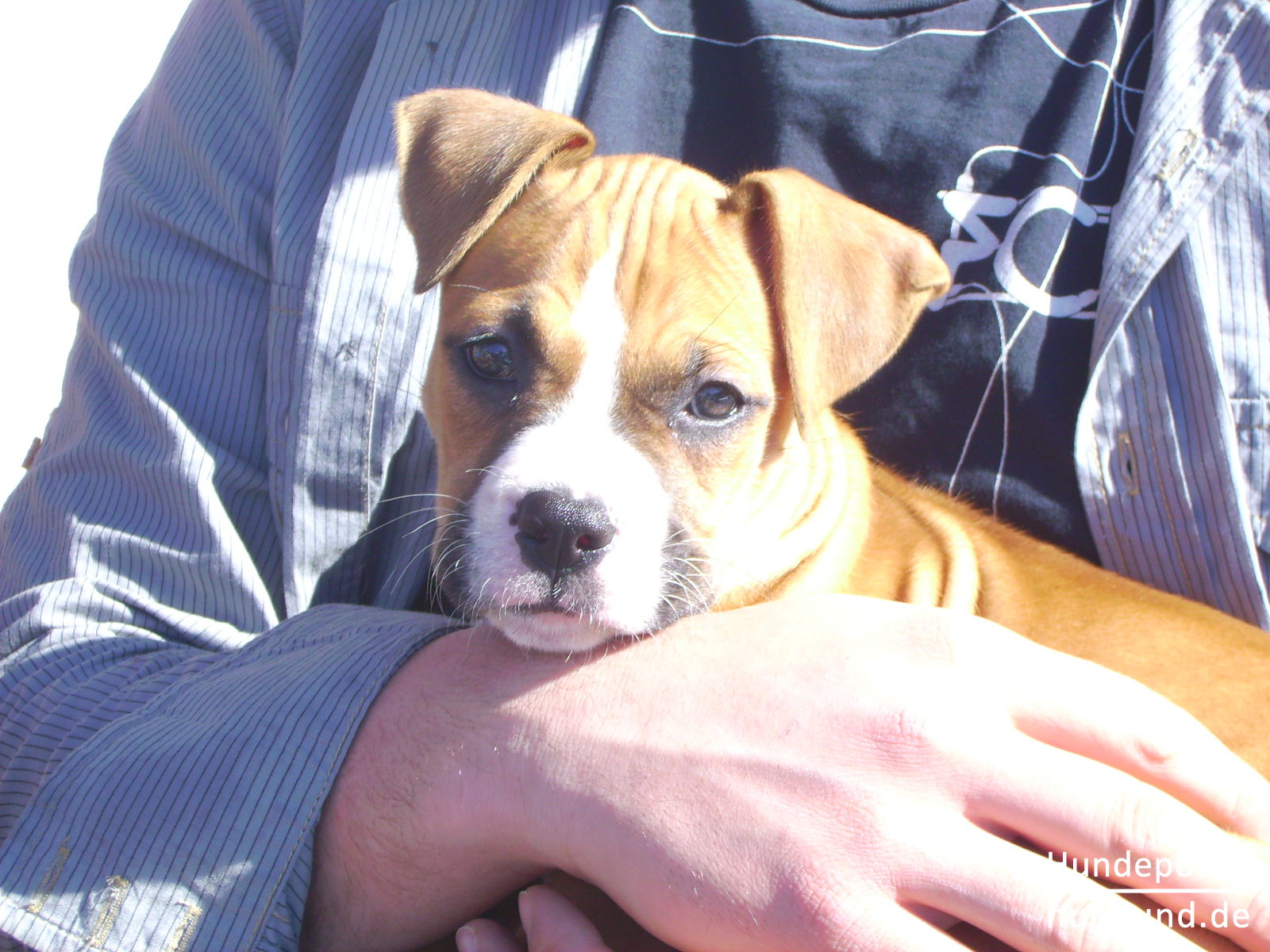

Their empathy, confidence and spontaneity make them excellent therapy dogs they will assist their wards in relating to their environment, releasing stress and grounding through physical contact. They develop deep bonds with their owners, and they do their best to stay close to them.

It will be necessary to socialize them as puppies to ensure proper communication and openness with humans and other dogs.īoxers are curious dogs, and very affectionate. Boxers are quite territorial and dominant, and they will always alert of strangers nearby. Although they can be rough when playing, they never have bad intentions. They are willing to please their owners and they are patient with children. They are docile and close to their family, and they would never hurt one of their own: in fact, they can be overprotective if they notice aggressive behaviors towards what they see as "their pack". Their skills and qualities are many, as they are loyal, vigilant and active dogs. The Boxer's excellent sense of smell and their courage in crisis have turned them into one of the most useful breeds to assist firefighters. Another theory has it that "Boxer" is a degradation of Boxl, a popular nickname for the Brabanter Bullenbeisser. However, it seems unlikely that German breeders would have chosen an English name. Some historians suggest that the name "Boxer" refers to the punches these dogs throw when fighting, which remind us of boxers. The origin of the name is not clear, but different theories have been brought forward. In 1904 a register was started, describing the standard for Boxer dogs that kept working as the breed's aim. On the following year, a Boxer Club was founded. Robert, decided to establish a breed standard in 1894. Since they were easy to train, they were also used in circus and theater shows. Over time, the ancestors of the Boxer were crossbred with the Old English Bulldog and began to be used to control cattle, becoming livestock herding dogs. These breeds participated in big-game hunting, assisting hunters to chase and hold the prey: they were resilient, strong dogs with a great prey drive. Historians believe that most of the Boxer's genetic charge comes from a smaller Bullenbeisser variety known as Brabanter Bullenbeisser. The ancestors of the Boxer dog are two German molosser breeds: the Bullenbeisser and the Bärenbeisser.


 0 kommentar(er)
0 kommentar(er)
